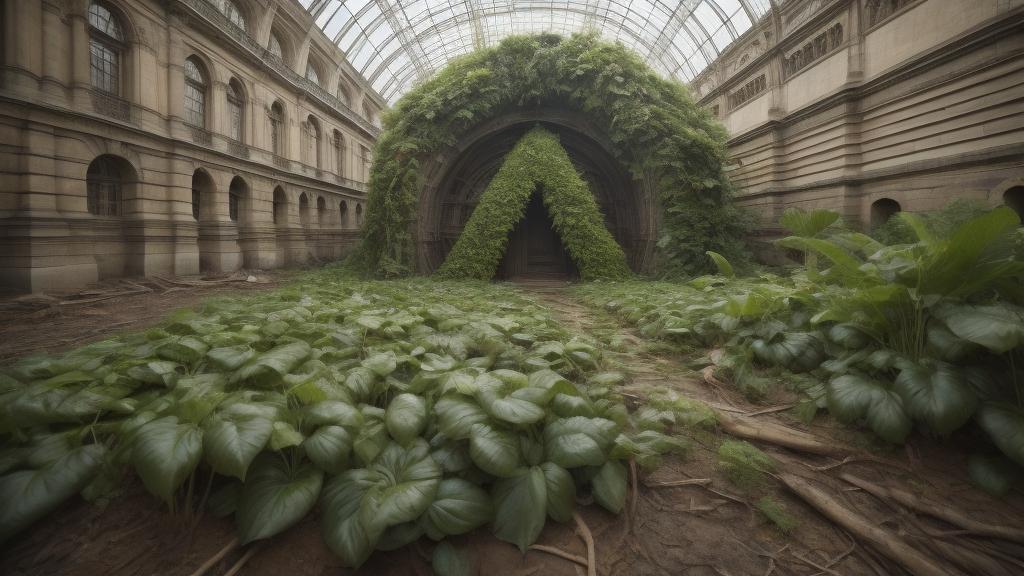Fashion lovers and conscious consumers, gather around—there's a seismic shift happening in the world of fashion that warrants our undivided attention. Sustainable fashion, once a whispered trend, has steadily transformed into a booming movement. But what does that mean for us, the industry, and our planet?
In the maze of rapid digitalization and climate change demands, fashion giants and newcomers alike are reimagining their practices. From eco-friendly materials to circular economy models, sustainability has graduated beyond a buzzword into a revolutionary business imperative. Yet, beneath this reinvention lies an intricate tapestry of challenges and contradictions.
Let's unravel the threads of the evolving sustainable fashion landscape and its multifaceted impacts, as we venture into conversations often found at the tables of Vogue's and Elle's finest.
**Conscious Consumption Meets Fashionistas**
If you peel back the layers, the push for sustainable fashion is deeply rooted in a growing awareness among consumers. Today’s buyers are not just intrigued by trendy silhouettes but are increasingly questioning the ethics behind their purchases. Terms like 'fast fashion', 'carbon footprint', and 'ethical production' have crept into our style lexicon, thanks to investigative pieces from publications like The Cut and Refinery29.
This consumer demand has pressured brands to address sustainability not as a side campaign but as a core business strategy. Thus, this current fashion zeitgeist is characterized by transparency initiatives, secondhand market expansions, and a slew of capsule collections boasting sustainability cred.
**Charting Paths with Innovative Fabrics**
A pivotal force in this landscape is the innovation of eco-friendly fabrics. Brand leaders are crafting clothes with everything from organic cotton to biodegradable synthetics, some even created in laboratories. An insightful exploration often covered in Fashionista, this fabric revolution plays a key role in minimizing waste and pollution.
However, challenges persist. Despite their 'green' labels, the production of these materials sometimes carries a hefty environmental toll, making transparency about their lifecycle crucial. With the increasing reliance on such fabrics, it’s clear that sustainable developments must be scrutinized, ensuring new solutions don't merely shift burdens elsewhere.
**Embracing Circular Economy Practices**
Circular fashion, a term as chic as it is crucial, represents a shift from the traditional 'take, make, dispose' linear model to one that minimizes resource input and waste. Harpers Bazaar frequently delves into these forward-thinking ventures that promote recycling, reusing, and refurbishing throughout the production process.
Yet, reaching the utopia of a circular economy involves numerous hurdles. Designing for durability without sacrificing style, educating consumers on disposing garments responsibly, and creating robust recycling systems are monumental tasks that make this endeavor both admirable and daunting.
**The Social Impact Factor**
In sustainable fashion, social sustainability cannot be overshadowed by environmental concerns. Brands are being called to ensure fair labor practices and equitable supply chains—an aspect that's gaining attention thanks to powerful exposés.
The responsibility to ensure fair wages and safe working conditions often collides with the urge for lower costs, leaving brands in a precarious balance. As consumer awareness grows, the wheels of change must be greased with both transparency and accountability.
**The Next Frontier: Tech and Fashion Synergy**
Finally, technology's role in sustainability provides a ray of hope in this complex tapestry. Digital tools are enhancing the traceability of garments, enabling consumers to uncover a piece’s journey from farm to closet. Additionally, virtual fittings and fashion shows are reducing the carbon emissions traditionally associated with the industry.
Tech may well be the key to unlocking innovative solutions, making sustainability both scalable and accessible. It's a bold frontier that has the potential to redefine the symbiosis between fashion and the environment.
**Conclusion: The Road Ahead**
As we venture further into the future of sustainable fashion, vigilance and creativity must guide the path. Brands continue to navigate these challenges while trying to meet the high expectations of an informed consumer base. Journalistic endeavors like those we've drawn from have cemented the conversation around sustainability, urging the industry not to relapse into complacency.
This juncture in fashion history offers an enticing blend of optimism and realism. And so, the question remains not whether sustainable fashion is here to stay, but rather, how quickly it can transform from a movement into the mainstream archetype.
Join this journey with a watchful eye and an open mind, as the world demands more from its fashion—and gets ready to embrace a future where style can coexist with sustainability.
The evolving landscape of sustainable fashion: trends and challenges

